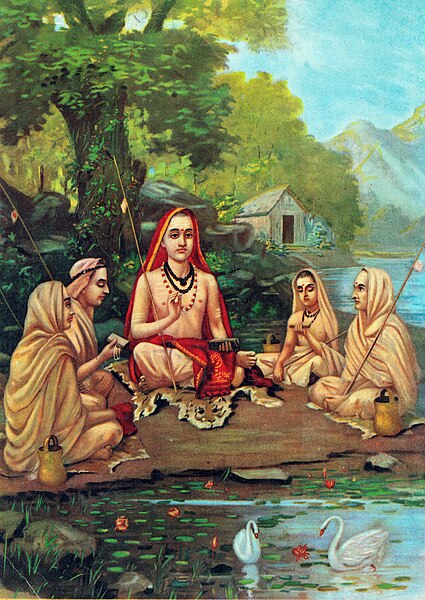Dharmaśāstra are Sanskrit Puranic Smriti texts on law and conduct, and refer to treatises (śāstras) on Dharma. Unlike Dharmasūtra which are based upon Vedas, these texts are mainly based on the Puranas. There are many Dharmashastras, variously estimated to number from 18 to over 100. Each of these texts exists in many different versions, and each is rooted in Dharmasutra texts dated to the 1st millennium BCE that emerged from Kalpa (Vedanga) studies in the Vedic era.
Copy of a royal land grant, recorded on copper plate, made by Chalukya King Tribhuvana Malla Deva in 1083
A facsimile of an inscription in Oriya script on a copper plate recording a land grant made by Rāja Purushottam Deb, king of Odisha, in the fifth year of his reign (1483). Land grants made by royal decree were protected by law, with deeds often being recorded on metal plates
Dharma is a key concept with multiple meanings in the Indian religions, among others. Although no single-word translation exists for dharma in English, the term is commonly understood as referring to behaviours that are in harmony with the "order and custom" that sustain life; "virtue", or "religious and moral duties".
Rituals and rites of passage
Sannyasa and stages of life
The Prakrit word "dha-ṃ-ma"/𑀥𑀁𑀫 (Sanskrit: Dharma धर्म) in the Brahmi script, as inscribed by Emperor Ashoka in his Edicts of Ashoka (3rd century BCE)
The Kandahar Bilingual Rock Inscription is from Indian Emperor Asoka in 258 BCE, and found in Afghanistan. The inscription renders the word dharma in Sanskrit as eusebeia in Greek, suggesting dharma in ancient India meant spiritual maturity, devotion, piety, duty towards and reverence for human community.






